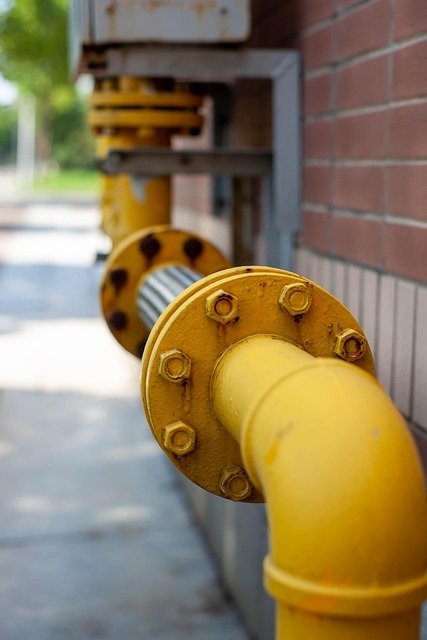Water Storage Tanks: Types, Materials, and Maintenance
Storing water reliably is essential for homes, farms, businesses, and emergency preparedness. Water storage tanks come in many sizes and materials, and choosing the right option depends on intended use, capacity needs, site conditions, and regulatory requirements. This article explains common tank types, material trade-offs, installation and maintenance basics, and what to consider when looking for local services or suppliers in your area.

Water tank types and uses
Water tanks are designed for different purposes: potable water, irrigation, fire suppression, rainwater harvesting, and emergency reserves. Aboveground tanks are easier to access and inspect; underground tanks save space and reduce temperature variations. Small household tanks often serve single fixtures or irrigation systems, while larger tanks support multi-building water systems. Consider intended use first—potable storage requires materials and fittings certified for drinking water—while agricultural or industrial uses may allow a broader range of options.
Storage tank materials and selection
Common storage tank materials include steel (galvanized or stainless), concrete, and plastics such as polyethylene. Steel tanks offer structural strength and are common for large, elevated systems. Concrete tanks are durable and inert but heavier and more complex to install. Plastic tanks are often rotationally molded or blow-molded and are popular for small to medium capacities due to corrosion resistance and lighter weight. Selection should factor in UV exposure, chemical compatibility, temperature range, and local building codes.
Plastic tank advantages and limitations
A plastic tank, typically made from high-density polyethylene or other polymers, can be cost-effective and corrosion-resistant. Plastic tanks are available in many shapes and sizes, are relatively low maintenance, and resist many common contaminants. Limitations include lower structural strength compared with steel or concrete, potential degradation under prolonged UV exposure if not UV-stabilized, and possible leaching concerns if lower-grade materials are used. For potable water, choose food-grade plastics and verify any certifications for safe water contact.
Water storage planning and safety
Effective water storage planning balances capacity, turnover, water quality, and access. Calculate required capacity based on daily usage, redundancy needs (for drought or outage scenarios), and refill frequency. Ensure tanks have appropriate vents, overflow protection, and secure lids to prevent contamination and mosquito breeding. Regular inspections for sediment, biofilm, and structural integrity help maintain water quality. When sourcing installation or maintenance support, look for local services with experience in your tank material and familiarity with codes in your area.
HDPE tank features and maintenance
HDPE tank describes a specific plastic type—high-density polyethylene—widely used for water storage due to its tensile strength, chemical resistance, and flexibility. HDPE tanks are often rotationally molded to create seamless shapes that reduce leak risk. Maintenance involves routine cleaning, checking fittings and seals, and ensuring anchoring for wind or seismic zones. HDPE’s resistance to many chemicals also makes it suitable for certain industrial or agricultural applications, but confirm compatibility if storing treated water or additives.
Conclusion
Choosing the right water storage tank requires matching purpose, material, capacity, and site conditions while following local regulations and safety practices. Plastic tanks, including HDPE options, offer advantages for many uses but may not suit every situation; steel and concrete remain relevant where structural load or longevity is the priority. Regular inspection and maintenance preserve water quality and system reliability, and consulting experienced local services can help ensure proper installation and compliance.






